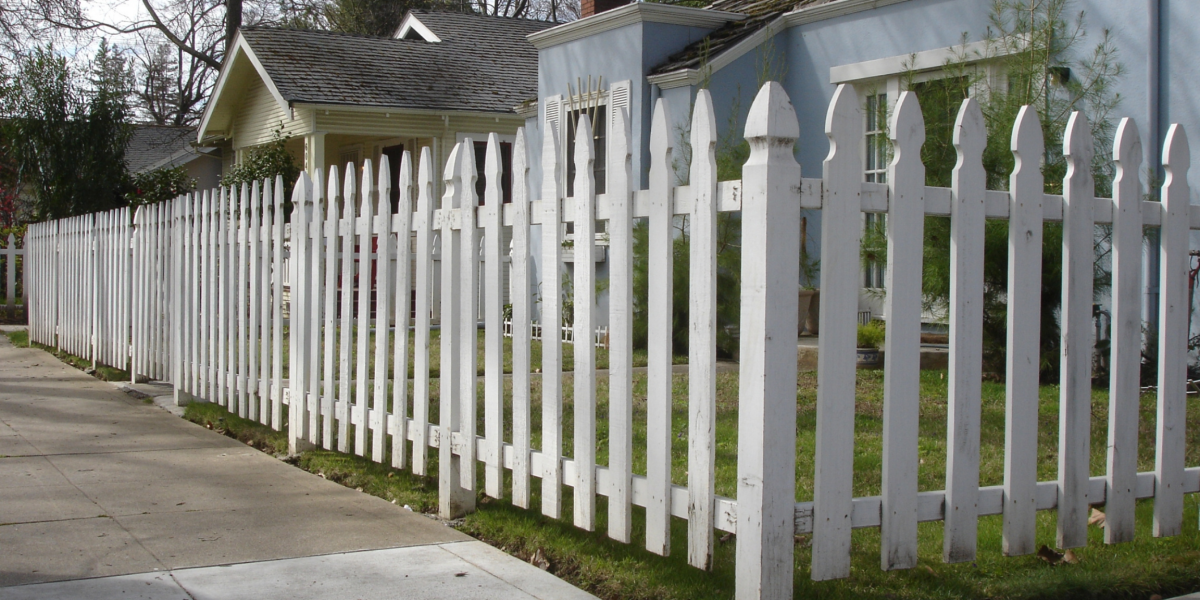Crime Prevention Through Environmental Design (CPTED)
Locks aren’t always the answer. Often, installing locks, bars, and gates do little to decrease crime.

In fact, mechanical security devices can make your home feel like a fortress and decrease the quality of life in our city. Crime Prevention Through Environmental Design (CPTED) works by decreasing a criminal’s ability to commit crime. It also increases the chances that a legitimate resident will see and report the crime as it occurs. CPTED goes beyond traditional security methods by naturally integrating security measures in the community.
CPTED includes the use of four overlapping strategies:
- Access Control: The design of an area to physically obstruct or guide access by people and vehicles. This strategy works by deterring access to potential targets of crime. If criminal behavior does occur, the access control makes it easy for legitimate residents to notice and report the crime to police. Examples include deadbolts, alarms, window locks, fences, turnstiles, speed bumps, and traffic signs. You can use access control by using a locked mailbox to prevent mail theft.
- Territorial Reinforcement: The design of an area to clearly show that someone owns the area. It suggests to criminals that a person is present who may see their criminal activity and report it to police. By enacting territorial reinforcement strategies, residents are clearly stating, “This is not public property.” Examples include landscaping, lighting, walkways, decorative fences, and signs. You can use territorial reinforcement by placing a small decorative fence around your front yard to separate it from the sidewalk.
- Natural Surveillance: The design of an area which allows for the visibility by legitimate residents. This strategy works because criminals will not commit crimes in areas where they feel exposed to observers. In the event a crime does occur, there is also a greater chance that it will be witnessed and reported to police. Examples include windowed stairwells, parking lots visible from the sidewalk, and security lighting. You can use natural surveillance by keeping your bushes trimmed lower than 36 inches and your trees trimmed higher than 7 feet.
- Maintenance: The basic upkeep, repair, and maintenance of property. Neglected property can create mistreatment by residents, while maintained property will elicit proper treatment. This strategy directly impacts the fear of crime in a community due to residents’ perceptions of responsibility and caring in the neighborhood. Examples include the immediate removal of graffiti, landscape maintenance, weed abatement, and painting worn buildings. You can use maintenance by keeping your property clean, weed free and repaired.
What can I do:
ANYONE can do CPTED – apartment managers, homeowners, business owners, architects, renters, community members — can all make an effort to decrease the chance that crime will occur in Hayward. Using CPTED is as simple as enacting the strategies described in this brochure. Any effort in a home, business, or public place will have an effect on decreasing crime.
For more information about crime prevention, contact our District Offices staff:
 North District North DistrictSergeant Faye Maloney North District Office 22701 Main Street Hayward, CA 94541 (510) 293-8608 | Sergeant Julian Cosgriff South District Office 677 W. Tennyson Road Hayward, CA 94544 (510) 293-7096 |


